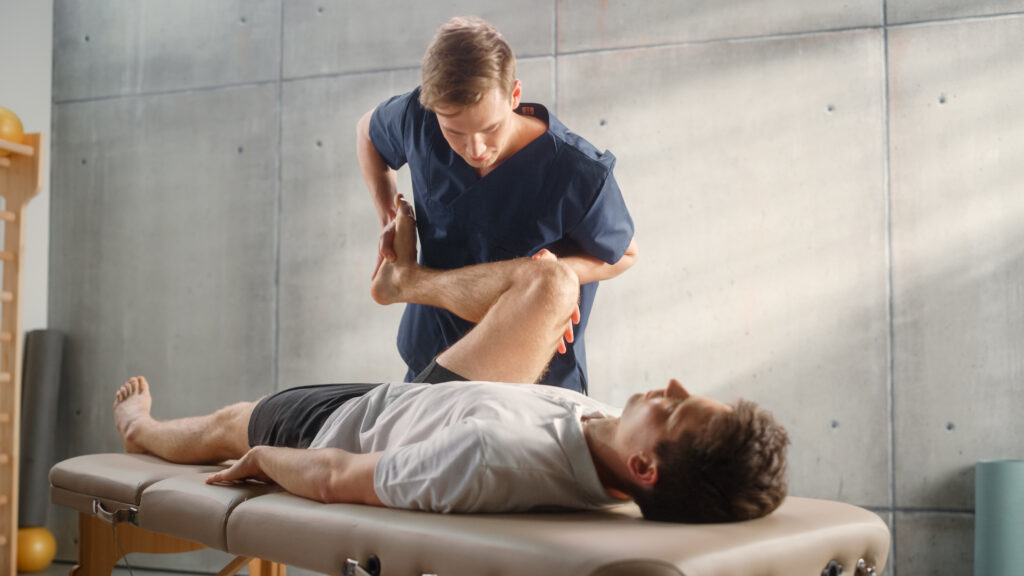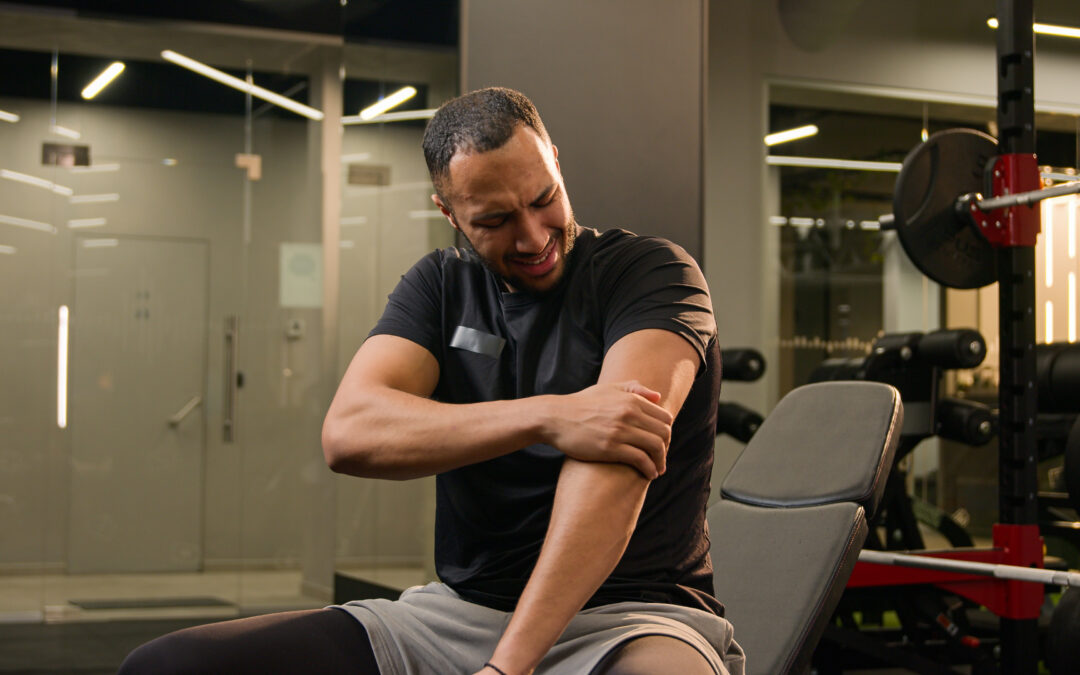Spring sunshine has a way of coaxing us outdoors—and kicking off new routines. But if you’re feeling sore or stiff, it’s a good time to rethink your sports recovery strategy. Whether you’re hitting the tennis courts, garden beds, or golf course, smart recovery is key to staying active and pain-free this season.
But if you live with chronic pain, your body may not greet this seasonal energy with the same enthusiasm. A few minutes of movement can quickly turn into hours (or days) of soreness, flare-ups, and frustration. You’re trying to feel better—but it feels like your body didn’t get the memo.
Sound familiar?
You’re not alone—and you’re not broken. In fact, this is exactly where smart, supportive recovery strategies can help.
Why Injuries Happen in Spring (Even If You’re Not “Sporty”)
You don’t need to be an athlete to end up with a sports injury. For many people I work with, spring activity means a sudden increase in movement after a quieter winter. And that jump—no matter how gentle—can trigger discomfort, inflammation, or even small injuries.
Common culprits include:
- Tennis or pickleball elbow (from gripping and swinging)
- Shoulder or neck tension (from pulling, reaching, or weeding)
- Knee and low back pain (from walking, hiking, or gardening)
- Foot or ankle strain (from unsupportive shoes or uneven ground)
These aren’t just activity injuries—they’re reminders that your body needs a little extra support as you ease back into movement.

Movement Isn’t the Problem—It’s the Medicine
One of the most important messages I share with my patients is this: you don’t have to stop moving to heal. In fact, movement is often the very thing that helps people living with chronic pain begin to feel better—physically, mentally, and emotionally.
But here’s the key: it has to be the right kind of movement.
When I treat chronic pain, I don’t just look at muscles and joints—I look at the full picture. That’s called the Biopsychosocial approach. We address how your body functions, yes—but also how your nervous system, stress levels, sleep quality, and even emotional state play a role in how you experience pain.
This whole-person method is especially important for people over 40, whose pain isn’t just about an injury—it’s about years of wear and tear, hormones, nervous system sensitivity, and more.
Tips to Help You Recover Smarter (and Still Keep Moving)
If you’re already feeling the effects of spring activity—or you’re nervous to even begin—here are some gentle, practical steps to support your recovery:
1. Stretch what’s tight, strengthen what’s weak
Tight forearms? Stretch them slowly after racket sports. Weak glutes? Strengthen them with gentle bridges or chair squats to protect your knees and back.
2. Don’t skip rest—but don’t go totally still
Alternate activity days with lighter movement, like walking or stretching. Total rest can make chronic pain worse by stiffening joints and slowing circulation.
3. Use cold and heat wisely
Ice can calm inflammation after activity. Heat can relax muscles before stretching or movement.
4. Try breathwork to calm your nervous system
Simple deep breathing can reduce pain sensitivity. Try 4–7–8 breathing: inhale for 4 seconds, hold for 7, exhale for 8.
5. Fuel your recovery
Focus on real, anti-inflammatory foods: leafy greens, berries, salmon, olive oil, turmeric, and ginger. Avoid ultra-processed snacks that fan the flames of inflammation.

When to Get Help (and What Kind Actually Helps)
If you’ve been dealing with nagging pain that’s getting worse—or you’re just tired of having to “take a break” from the things you love—it’s time to reach out.
At my Chilliwack clinic, I help people like you recover in a way that respects your body, your story, and your goals. Together, we look at the full picture of your pain and create a plan that works with your life—not against it.
I offer:
- Functional movement assessments
- Hands-on therapies like dry needling and myofascial work
- Coaching around lifestyle and stress
Tailored strategies for sustainable pain relief
You Deserve to Feel Confident in Your Body Again
You don’t have to push through pain. You don’t have to stop doing what you love. There is a middle path—and I can help you find it.
Whether you’re just starting out with spring activity or already dealing with a flare-up, there are real, practical steps you can take to heal faster and move better.
Let’s Get You Back in the Game (Whatever That Looks Like for You)
Ready to enjoy spring without the setbacks? Whether it’s walking the Vedder Trail, playing a round of golf, or just weeding the garden without flaring up, I’m here to help.
Book an appointment or check out my online course to learn how to heal smarter and move better—no matter where you’re starting from.
